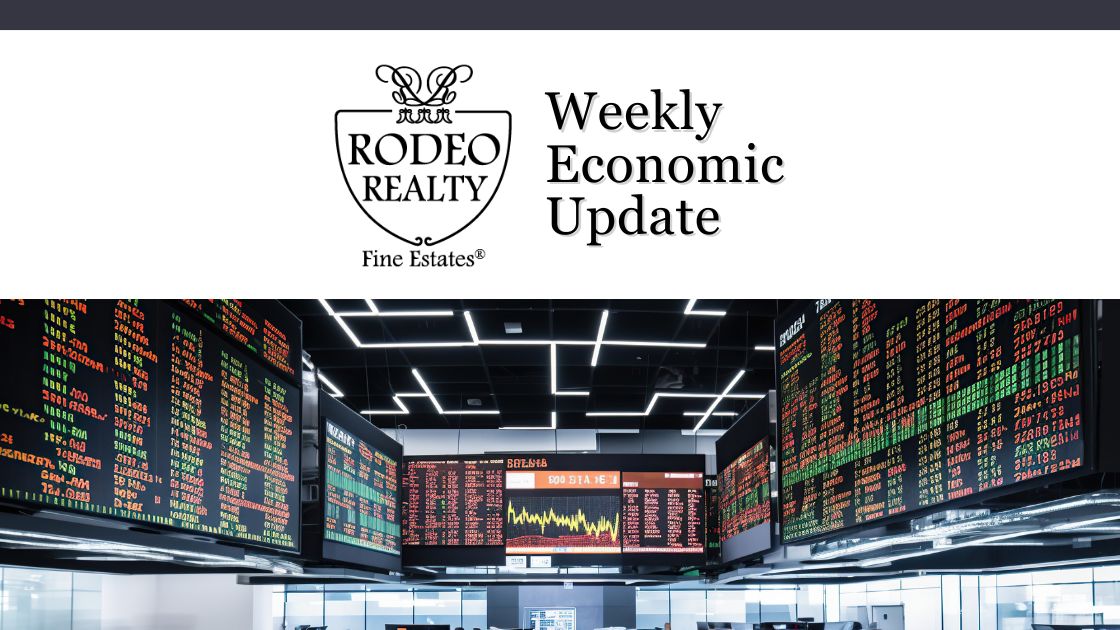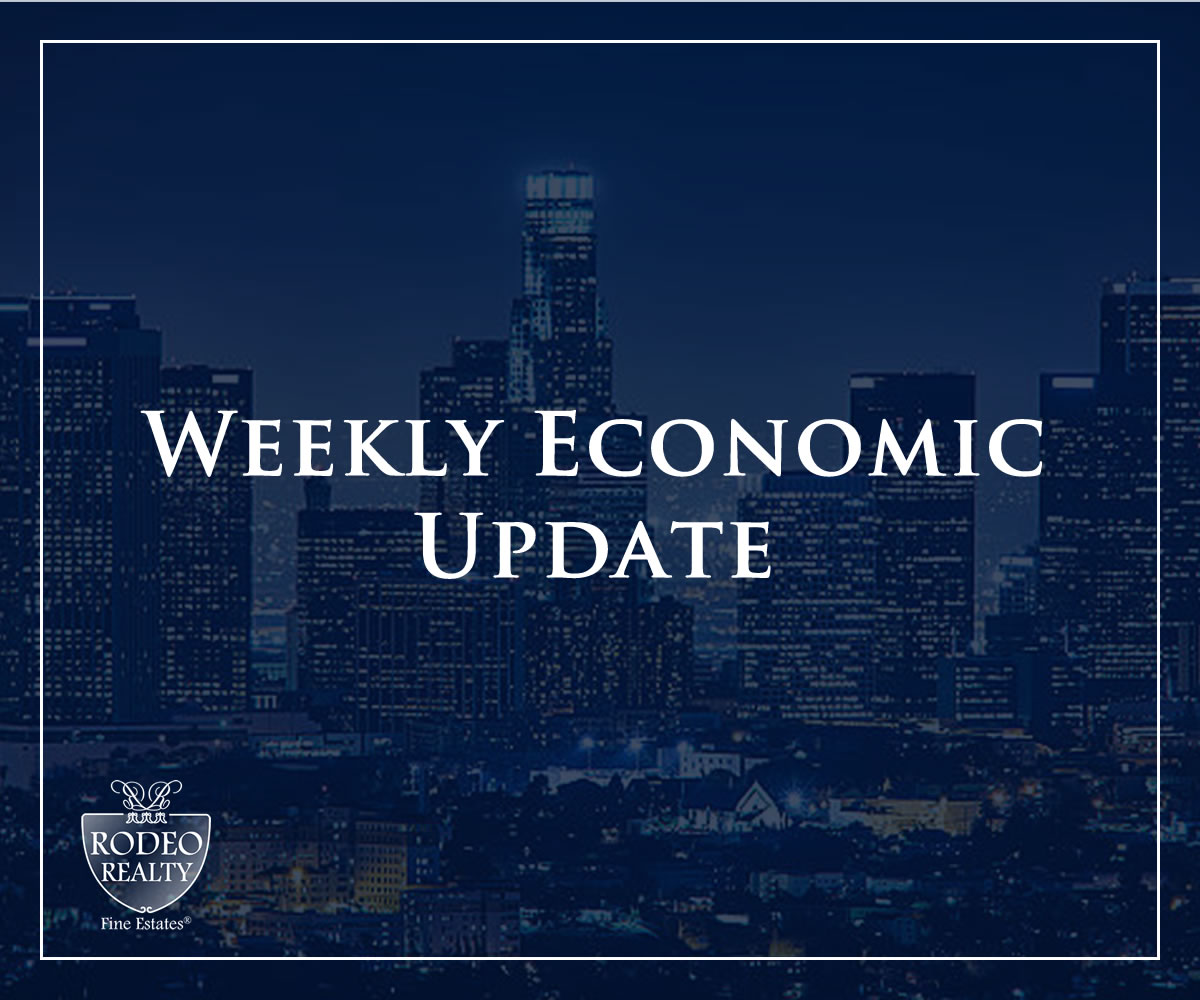Economic news this week focused around the Fed’s annual international symposium. Central banks from around the world as well as U.S. Fed Chairman Jerome Powell reiterated their intent to do whatever it takes to bring inflation down to their 1% target. Powell pretty much stated that further increases would be necessary, as growth has exceeded expectations. He spoke about the tight labor market being a major cause of inflation. He said that we won’t reach the target at the current unemployment level, and the need to get the unemployment rate higher. It is currently at the lowest level in over 50 years. That appears to be a target that the Fed will be focusing on when they set monetary policy. The Dow Jones Industrial Average closed the week at 34,346.90 down 0.5% from34,500.66 last week. It is up 3.6% year-to-date. The S&P 500 closed the week at 4,405.71, up 0.8% from 4,369.71 last week. It is up 14.7% year-to-date. The Nasdaq closed the week at 13,590.65, up 2.3% from 13,290.78 last week. It is up 29.8% year-to-date.
U.S. Treasury bond yields – The 10-year treasury bond closed the week yielding 4.25% almost unchanged from 4.26% last week. The 30-year treasury bond yield ended the week at 4.30%, down slightly from 4.38% last week. We watch bond yields because mortgage rates follow bond yields.
Mortgage rates – The Freddie Mac Primary Mortgage Survey reported that mortgage rates for the most popular loan products as of August 24, 2023, were as follows: The 30-year fixed mortgage rate was 7.24%, up from 7.09% last week. The 15-year fixed was 6.55% up from 6.46% last week.
U.S. existing-home sales – The National Association of Realtors reported that existing-home sales totaled 4.07 million units on a seasonally adjusted annualized rate in July, down 16.6% from an annualized rate of 4.88 million in July 2022. The median price for a home in the U.S. in July was $406,700, up 1.9 from $413,800 one year ago. There was a 3.3-month supply of homes for sale in July, up from a 3.2-month supply last July. First-time buyers accounted for 30%of all sales. Investors and second-home purchases accounted for 16% of all sales. All-cash purchases accounted for 26% of all sales. Foreclosures and short sales accounted for 1% of all sales.

